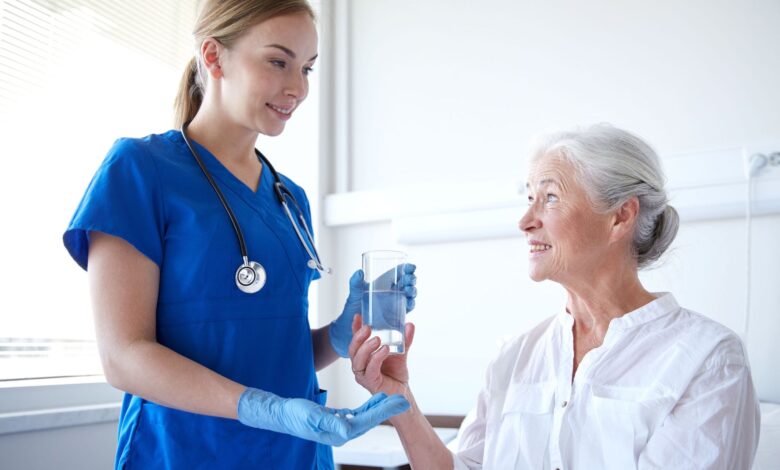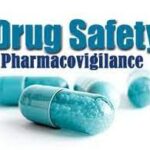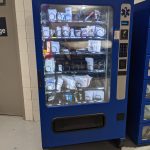What Are The 5 R’s For Medication Safety?

A medication refers to a drug used to diagnose, cure, treat, or prevent disease. Drug therapy is an important part of the medical field and relies on the science of pharmacology for continual advancement and on pharmacy for appropriate management. Medicines have proven to be very beneficial for treating illness and preventing disease. This success has resulted in a dramatic increase in medication use in recent times.
Unfortunately, this increase in use and expansion of the pharmaceutical industry has also brought with it an increase in hazards, error and adverse events associated with medication use. Medication has also become increasingly complex:
• There has been a massive increase in the number and variety of medications available. These may have different routes of delivery, variable actions (long acting, short acting) and there are drugs with the same action and formulation but with different trade names.
• Although there are better treatments for chronic disease, more patients take multiple medications and there are more patients with multiple co-morbidities. This increases the likelihood of drug interactions, side-effects and mistakes in administration.
• The process of delivering medications to patients is often shared by a number of health-care professionals. Communication failures can lead to gaps in the continuity of the process.
• Doctors are prescribing a larger range of medications so there are more medicines they need to be familiar with. There is just too much information for a doctor to be able to remember in a reliable way.
• Doctors look after patients who are taking medications prescribed by other doctors (often specialized doctors) and hence may not be familiar with the effects of all the medications a patient is taking.
What are the 5 R’s for medication safety?
The “Five Rights of Medication Administration.” Also known as the “5Rs”, these principles help to ensure the right drug, right dose, right route, and right patient, at the right time. At home, parents and caregivers often assume the role of “doctor” or “nurse” , in caring for loved one friends and relatives are encouraged to follow the same “5Rs” of medication safety. Following the 5 “Rs” of medication safety helps to ensure the right drug, right dose, right route, and right patient, at the right time. Here is what everyone needs to know:
Right Drug: Double-check the label and bottle. It can be easy to accidentally give the wrong the wrong medication.
Right Dose: Most of the time, this can be achieved just by double-checking the label to see what dose needs to be given. However, a liquid medication can be a bit trickier because the person giving it must measure the dose. We recommend measuring the dose with an oral syringe and not a household teaspoon. If the medication does not come with a dosing cup or syringe, be sure to ask the pharmacist for one.
Right Time: With so many medications to keep track of, it can be difficult to remember which medicine to give and when to give it. Here are some helpful tips to follow:
- Be aware of dosing frequency: Although most medications are taken once a day, some are prescribed to be taken two or even three to four times a day.
- Use a schedule or medication log: The more doses a drug requires throughout the day, the more likely parents may forget to administer a dose. To avoid this from happening, create a schedule or use an online medication log as a visual and/or electronic reminder to administer the next dose.
- Set an alarm: Set a cell phone alarm or other reminder to help remember when doses are due.
- Communicate clearly: Many dosing mistakes, especially double dosing, happens from communication mishaps. Keep a physical schedule handy that both parents and other caregivers can access and be sure to check off when a medication was administered.
Right Route: While it may seem unimaginable, we are often called about medications being administered via an unintended route. For example, eardrops administered as eye drops, or swallowing medication intended to be used with an inhaler. Be sure to double-check the label to ensure that the right medication is being administered via the right route. While the labeling on drops can sometimes be confusing, remember that “otic” refers to the ears, while “ophthalmic” refers to the eyes.
Right Person: Take a careful second look to ensure that the name on the bottle matches the child; this is especially important in households with multiple people on different medications.
Medication safety is everyone’s business because adverse events can have far reaching consequences. Understanding the “5Rs” of medication administration and safety will go a long way in ensuring that we all continue to benefit from the therapeutic edge medicines provide.





